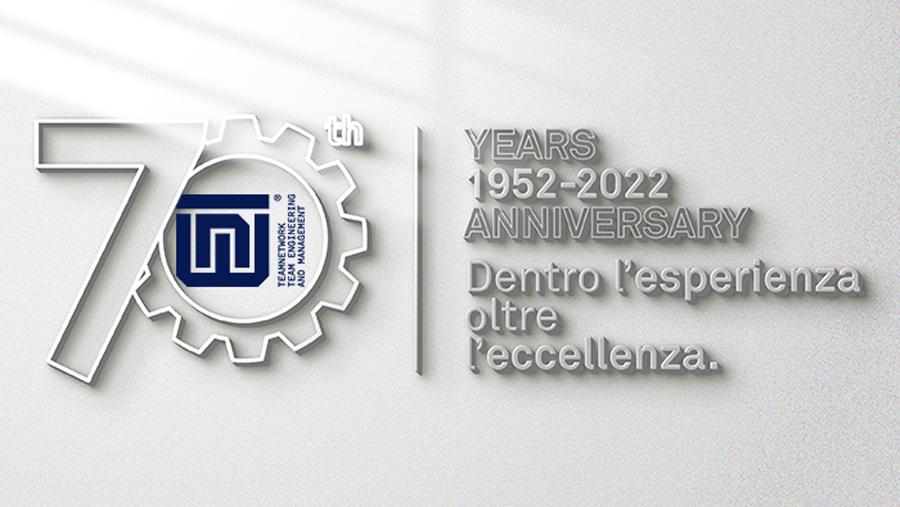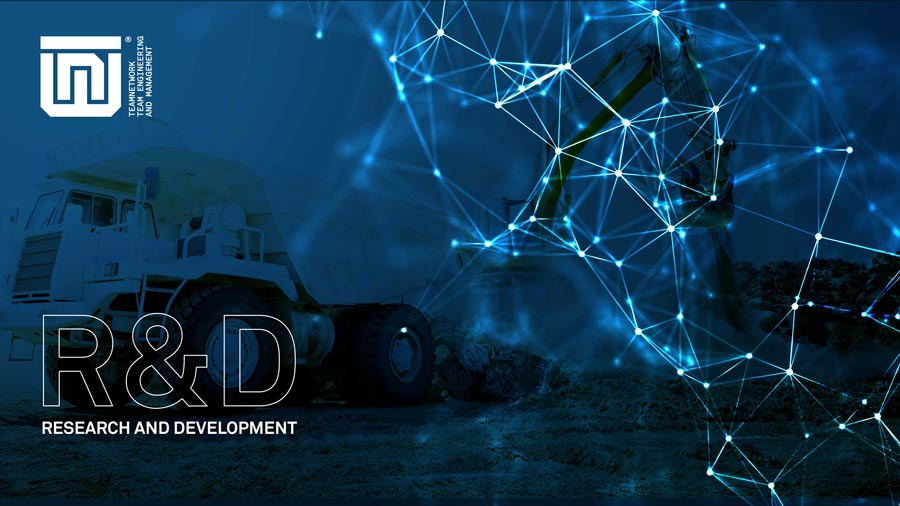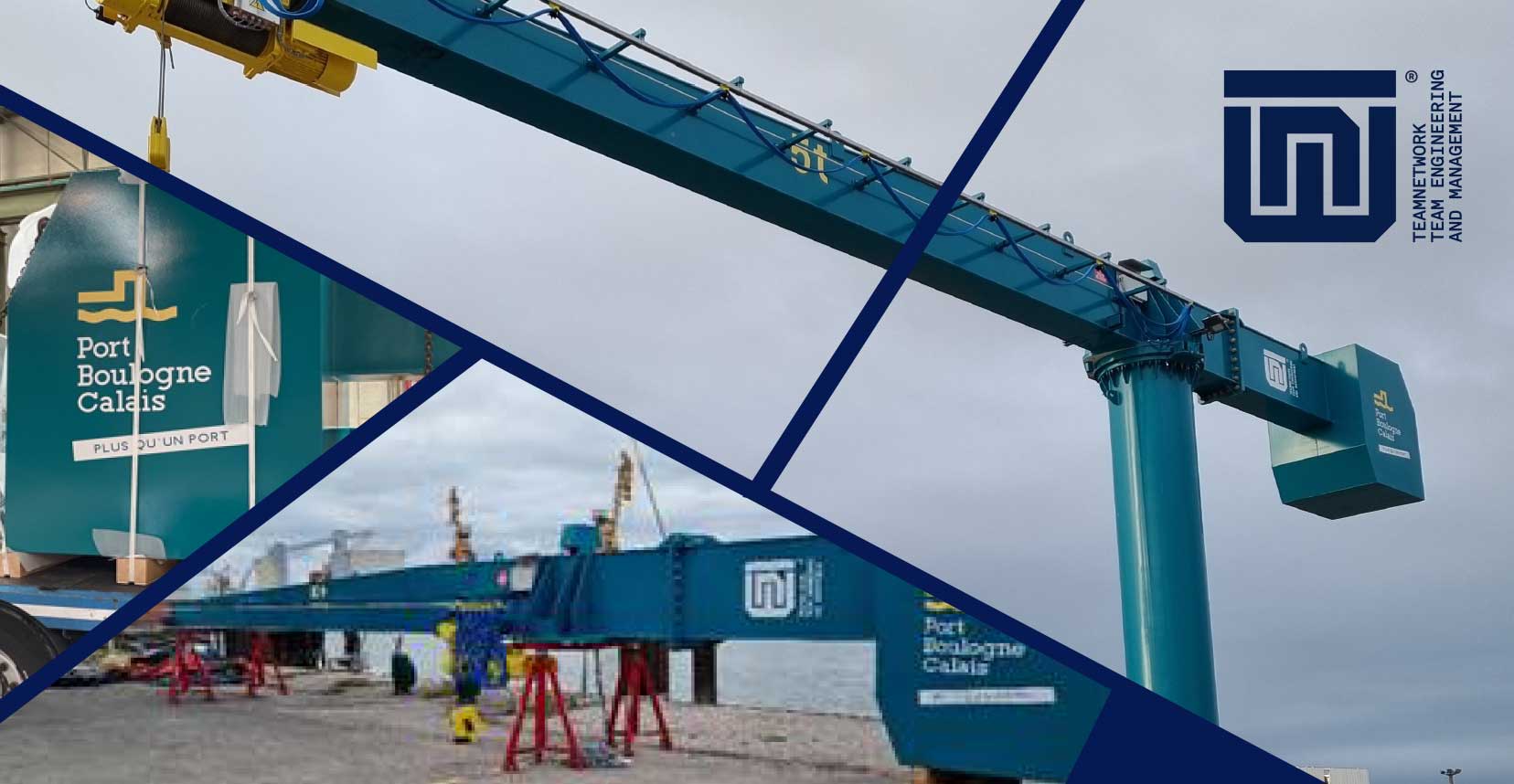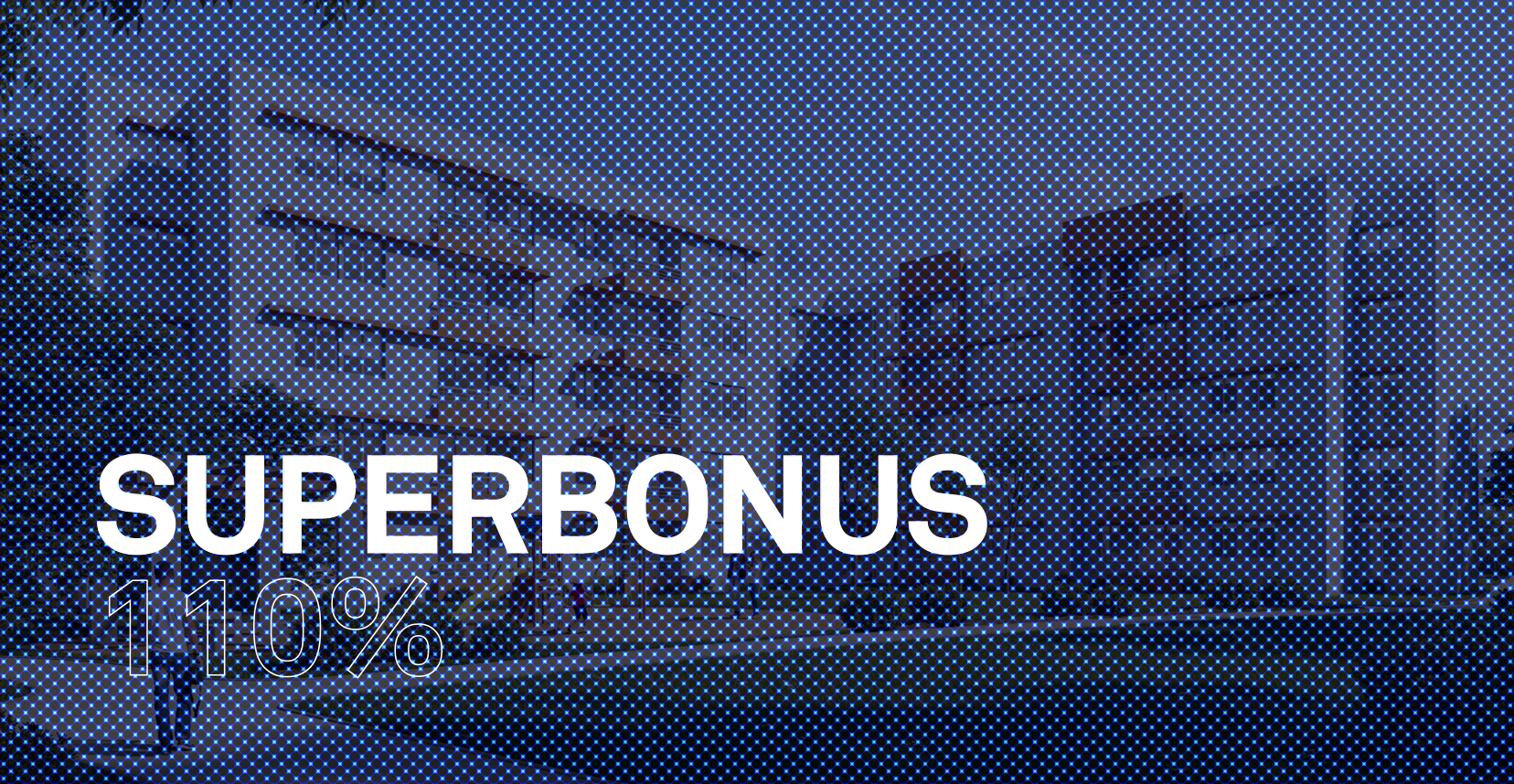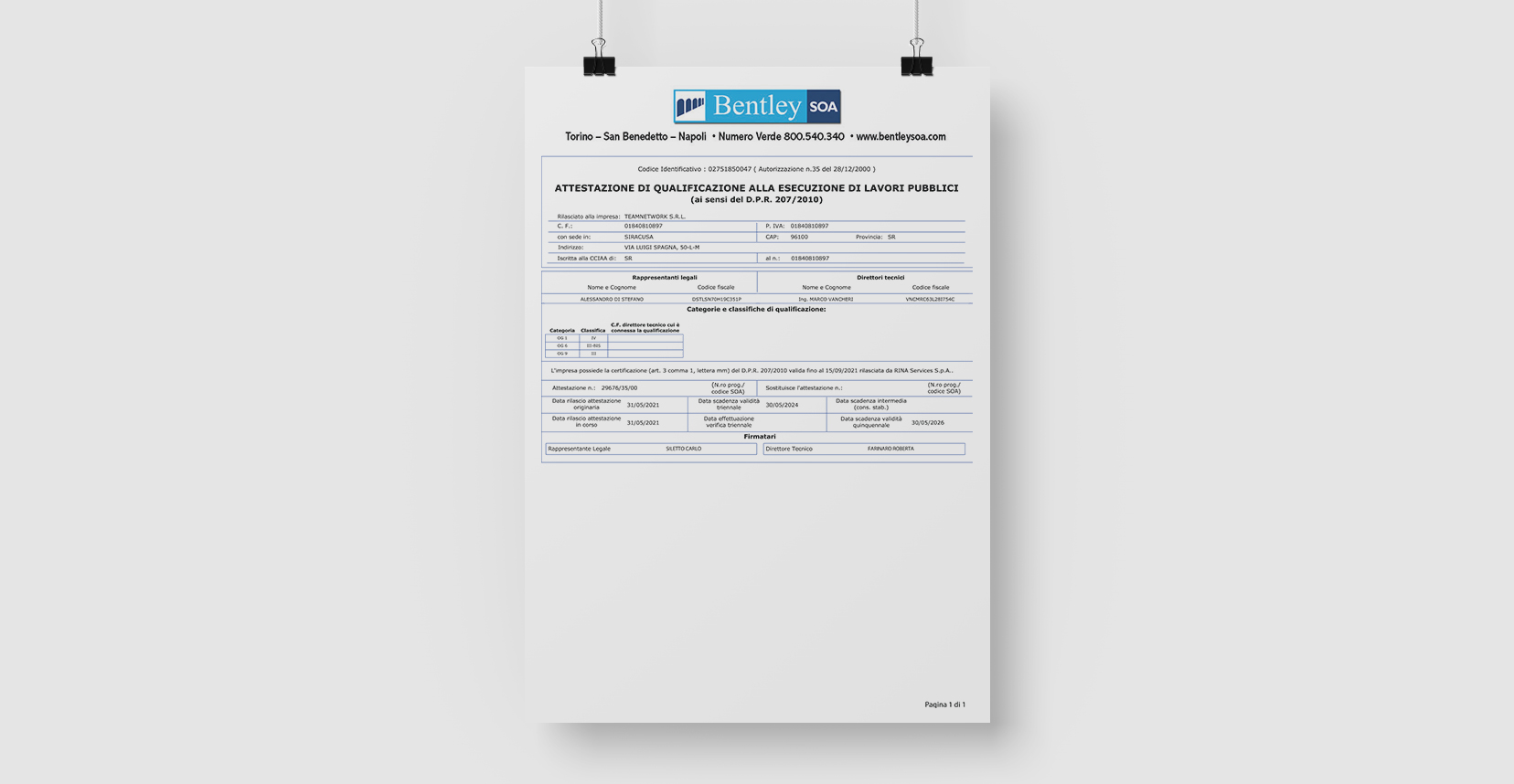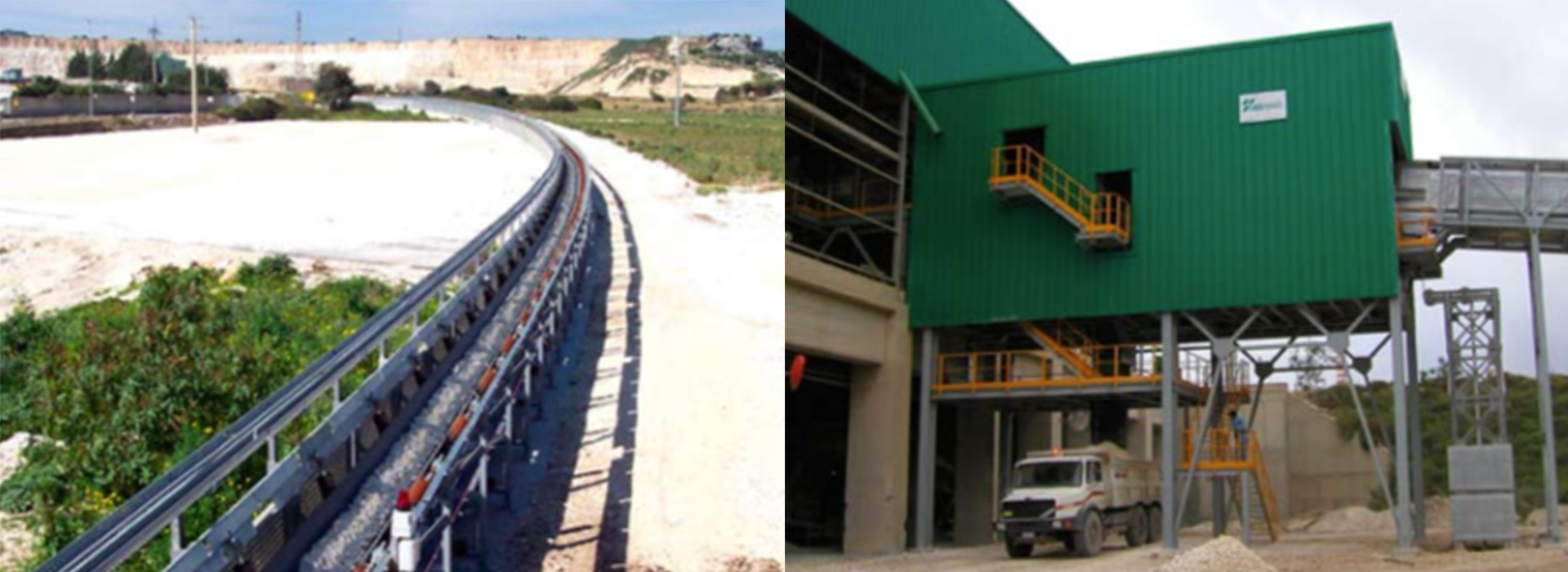
However, the company’s relationship with that magazine – one of the sector’s most prestigious – goes beyond an “image”-based communication since we were requested to present a few technical articles to be published without costs if considered adequate and if they match the type and calibre of the magazine. The following is one of the first editorials published.
“OVERLAND” TRANSPORT
Ferruccio Conti, managing director of Contimpianti S.p.A. (Italy), a company of the Teamnetwork group, talks about the construction of a conveyor belt near the cement plant in Augusta (Siracusa, Italy) to transport limestone from the quarry to the plant. To optimise the system to transfer crushed limestone from the quarry to the cement factory in Augusta, initially only with trucks, the Buzzi Unicem Group commissioned Contimpianti to study the installation of a conveyor belt that would meet the plant engineering, technological and environmental requirements. After extensive assessments, says Ferruccio Conti, we focused on a “Vackem” belt that, with the same performance levels as a traditional system, can be used to create special curving radii while limiting size. Subsequently, Contimpianti received the order to supply the plant on site and, thanks to the synergies between Teamentwork’s various departments, the construction and mechanical operations were designed and built along with the assembly based on the timeline defined in the contract.
Project development
The belt runs at ground level and, based on the boundaries of the areas owned by Buzzi Unicem, makes two curves with a radius of 550 metres before reaching the plant. The belt is positioned at ground level and underpasses were utilised to cross plant in-house as well as the provincial and state roads. The belt transports limestone in a special metal hopper, located on the material receiving platform from which, through a metal connection, feeds both the bulk loading system and the existing belt that feeds the storage area.
For safety reasons, the belt’s entire route was designed to be completely inaccessible. In addition, a 4-metre-wide track was built parallel to the belt to facilitate assembly as well as future checks and maintenance operations. The plant was equipped with two sets of weighing loaders: one to evaluate the total quantity of limestone transported, and the other for the separate amount to send to the cement crushing section. Plant control is automated while technical personnel supervise from the plant’s main control room. A very special feature of the final project is that each of the belt’s pylons can be easily removed with a special truck crane, using the slinging points already present on the structure’s two upper runners. Rain water runoff systems were created to limit the damage caused by bad weather. So, the quarry is connected to the plant by a Vackem rubber conveyor, with a centre distance of about 1400 cm. The belt runs slightly downhill (-11.2 m), and has 2 horizontal curves with a radius of 550 m: the first one to the right and the second one to the left.
There are also 4 concave curves and 2 convex curves whose radii vary between 500 and 1000m. The final part runs uphill, with a gradient of 4°, in order to unload the material onto the receiving platform. The conveyor follows a winding path with continuously changing (but gentle) slopes. The conveyor was designed to operate at a speed of 2.8 m/sec. while the filling factor is 61% for a rated flow rate of 1000 t/h. Mechanically speaking, the system was sized to handle a future flow rate of 1,200 t/h. For what concerns the concave curves, the radii were calculated under the worst possible conditions and thus are limited to between 500 and 600 m, depending on the position of the curve. In order to obtain a constant friction coefficient on the return section, two types of vertical roller tilting systems were designed. The belt is completely covered by a vaulted roof to protect it against bad weather. Side guards with removable mesh panels were installed on both sides of the conveyor belt for safety reasons.
The lower stations are positioned at a pitch of 3 m and will have special inclinations so that the belt remains in the correct position, even in points that may be unstable. The special supports installed in those stations can be used to make a wide range of adjustments. Thanks to the “Vackem” device, a belt with a width of 800 mm can be installed on conveyors at a speed suitable for the material transported considering both wear and tear and grain size. Therefore, it reduces overall plant dimensions to a minimum and extends maintenance periods. The plant became operational in February 2004. The advantages obtained with this project are a significant reduction in costs compared to truck transport and improved environmental impact conditions.

